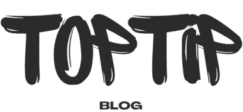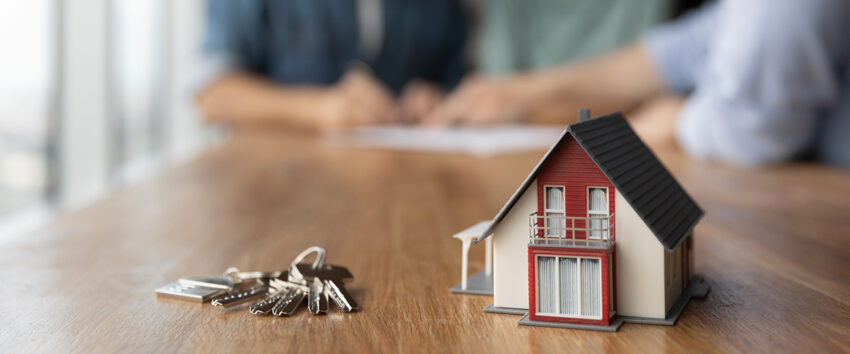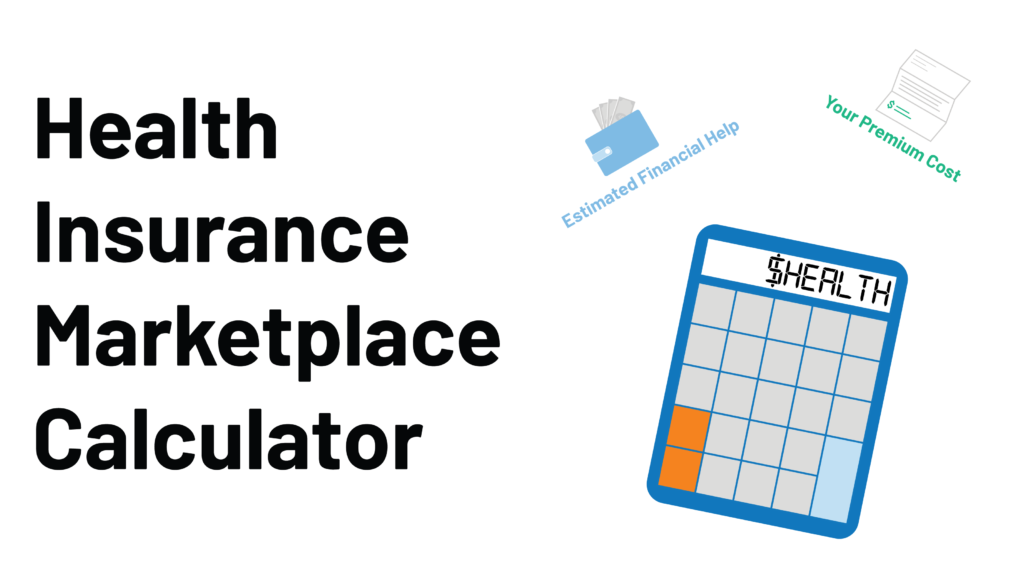When it comes to safeguarding your home, one of the most crucial steps is securing comprehensive home insurance. As natural disasters become increasingly common, understanding and obtaining the right coverage is essential. Let’s dive into the specifics of home insurance and how it can protect your home from the wrath of Mother Nature.
Understanding Home Insurance
What is Home Insurance?
Home insurance is a form of property insurance that provides financial protection against losses and damages to an individual’s house and assets within it. It can also offer liability coverage against accidents in the home or on the property.
Basic Components of Home Insurance
Home insurance policies generally include coverage for the structure of your home, your personal belongings, liability protection, and additional living expenses if your home becomes uninhabitable due to a covered event.
Types of Natural Disasters Covered
Earthquakes
Earthquake coverage is typically not included in standard home insurance policies. Homeowners need to purchase additional riders or separate policies to cover damages caused by seismic activities.
Floods
Standard home insurance policies do not cover flood damage. Homeowners in flood-prone areas should consider purchasing a separate flood insurance policy through the National Flood Insurance Program (NFIP) or private insurers.
Hurricanes
Hurricane coverage usually involves a combination of wind and flood insurance. Wind damage is often included in standard policies, but flood damage requires separate coverage.
Wildfires
Damage caused by wildfires is typically covered under standard home insurance policies. However, in high-risk areas, insurers might require additional fire-resistant measures to be in place.
Tornadoes
Most standard home insurance policies cover tornado damage under windstorm damage provisions. It’s crucial to review your policy to ensure tornadoes are explicitly covered.
Key Coverages in Home Insurance
Dwelling Coverage
This covers the structure of your home, including walls, roofs, and built-in appliances. It’s essential for rebuilding or repairing your home after a disaster.
Personal Property Coverage
This provides protection for your belongings, such as furniture, electronics, and clothing. Ensure your policy covers the full value of your possessions.
Additional Living Expenses (ALE) Coverage
ALE covers the cost of living elsewhere while your home is being repaired or rebuilt. This includes hotel bills, restaurant meals, and other necessary expenses.
Liability Coverage
Liability coverage protects you from lawsuits for bodily injury or property damage that you or your family members cause to others.
Special Considerations for Natural Disasters
Earthquake Insurance Riders
Given that standard policies do not cover earthquakes, purchasing an earthquake rider is crucial for those in seismically active areas. These riders typically cover damage to your home, personal property, and additional living expenses.
Flood Insurance Policies
Flood insurance is a must for homes in flood zones. The NFIP provides coverage for structural damage and personal belongings, but there are limits, so it’s vital to understand what is and isn’t covered.
Hurricane Damage Provisions
In hurricane-prone areas, insurers may require separate deductibles for hurricane damage. Understanding these provisions and ensuring adequate coverage is key to protecting your home.
Wildfire Risk Assessment
In wildfire-prone regions, insurers may conduct risk assessments and require homeowners to implement fire mitigation measures like creating defensible space and using fire-resistant building materials.
How to Choose the Right Policy
Assessing Your Home’s Risk
Evaluate the specific risks your home faces based on its location. This includes natural disaster history and local climate patterns.
Comparing Insurance Providers
Not all insurance providers offer the same level of coverage or customer service. Compare providers based on coverage options, customer reviews, and financial stability.
Understanding Policy Limits and Deductibles
Ensure you understand the limits of your policy and the deductibles you will be responsible for paying in the event of a claim. Higher deductibles can lower your premium but mean higher out-of-pocket costs during a disaster.
Steps to Take Before a Disaster
Conducting a Home Inventory
Document all your belongings with photos, videos, and receipts. This inventory will be invaluable when filing a claim.
Understanding Your Policy
Review your policy annually to ensure it still meets your needs. Pay particular attention to coverage limits, exclusions, and deductibles.
Making a Disaster Preparedness Plan
Create a plan that includes evacuation routes, emergency contacts, and a checklist of items to take with you. Practice this plan with your family.
Filing a Claim After a Disaster
Immediate Steps to Take
Ensure your family’s safety first. Once safe, contact your insurance provider to start the claims process.
Documenting Damage
Take detailed photos and videos of all damage. Keep all receipts for any emergency repairs or temporary housing costs.
Working with Insurance Adjusters
Be present during the adjuster’s inspection to point out all damage. Provide your home inventory and any documentation to support your claim.
Common Myths and Misconceptions
“Standard Insurance Covers All Disasters”
Many homeowners mistakenly believe that a standard policy covers all natural disasters. In reality, specific coverages like floods and earthquakes require additional policies.
“Government Will Fully Assist in Recovery”
While government aid can help, it often falls short of covering all costs. Home insurance provides more comprehensive and reliable coverage.
“Only High-Risk Areas Need Special Coverage”
Natural disasters can strike anywhere. It’s wise to consider additional coverage even if you don’t live in a high-risk area.
Case Studies
Real-life Examples of Claims and Recoveries
Examining real-life examples helps illustrate the importance of comprehensive coverage. Stories of quick recoveries contrast with those facing financial ruin due to inadequate insurance.
Conclusion
Protecting your home from natural disasters is more critical than ever. Understanding the intricacies of home insurance and securing the right coverage can make all the difference in safeguarding your home and financial future.
FAQs
1. What types of natural disasters are not covered by standard home insurance?
Standard policies typically do not cover floods, earthquakes, and in some cases, landslides and mudslides. Additional policies or riders are needed for these perils.
2. How can I determine if I need flood insurance?
Consider your home’s location, past flood history, and FEMA flood zone maps. Even homes outside high-risk areas can benefit from flood insurance.
3. What should I do if my home is damaged by a natural disaster?
Ensure everyone’s safety first, then document the damage with photos and videos. Contact your insurance provider immediately to start the claims process.
4. Can I change my home insurance policy after a natural disaster?
You can adjust your policy anytime, but changes made after a disaster may not cover existing damage. It’s best to review and update your policy regularly.
5. Why is it important to conduct a home inventory?
A home inventory helps you keep track of your belongings, making it easier to file claims and ensuring you receive adequate compensation for lost items.




